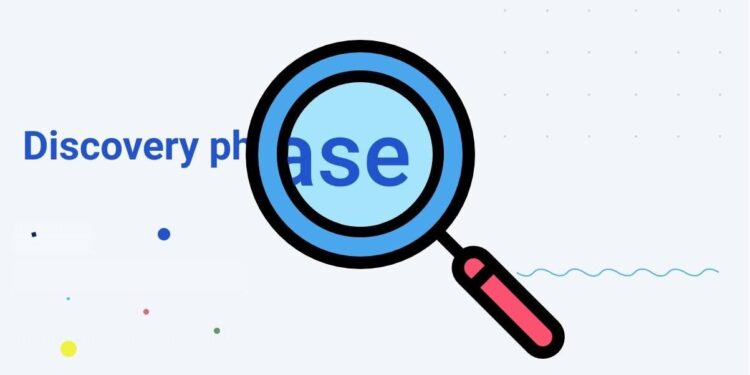In order to evaluate the cost of the project and make a commercial offer to the client, it is necessary to conduct a discovery phase or complete analysis of all aspects of project implementation – from the idea and concept of the business to the technical implementation of the expected product. This approach allows us to protect the client from unplanned costs and to facilitate and clearly define the working conditions of the team that will develop the product.
To view the technical view on your IT project you can visit this website.
Preliminary analysis of the needs of the client, market, competitors, target audience, the upcoming scope of work, and resources is carried out in any area where the contractor wants to fulfill its obligations to the client.
The Discovery phase implies:
- Acquaintance with the client and his business idea (filling in the questionnaire, personal meetings, presentations);
- Discussion of the existing business processes of the customer or the concept of the future project, customer expectations, and wishes on deadlines;
- Target audience identification;
- Competitive market analysis;
- Formulation of solutions for business tasks;
- Definition of the scope of work;
- Setting of deadlines and priorities;
- Schematic distribution of roles and appointment of specialists to be involved in the process;
- Signing an agreement to conduct the business phase.
In the discovery phase, depending on the resources of the contractor may be involved:
- Project manager or sales manager (communicates with the client at all stages of the project implementation, structures the work of the team, is responsible for reporting on the performance of tasks);
- A business analyst or consultant/expert in a certain area (studies the market, target audience, business processes of the client, offers solutions to business tasks);
- UI/UX specialist (creates design and interactive prototype of the future project);
- Solution architect or engineer who evaluates the technical component of product creation (defines and offers tools, platforms, and other technical solutions with which projects will be created).
Where to start and how to implement the project phase: step-by-step instruction
1. Initiation of the phase and distribution of roles
After meeting with the client and finding out his expectations, the project manager gathers the team that will be involved in the project, decides what the phase will consist of, who will play what role in it.
2. Study of the competitive market and user experience
When roles and tasks are distributed among team members, the stage of studying the competitive market and user experience begins. In the process of studying the users’ needs, it is worth it to involve not only team members, but also non-project people – they can also voice and describe practical problems that need to be solved.
The analysis of user experience and interviewing of potential clients is carried out by a business analyst and consultant, who based on the survey results creates a BPMN diagram with detailed project requirements.
3. Project Layout creation
After getting acquainted with the customer’s business processes, building a teamwork scenario, and forming a list of custom stories with the description of project requirements, the project manager is involved in the work in addition to the business analyst UI / UX designer, who should create a design and an interactive prototype of the project.
With the help of Wireframes or NinjaMock UI tool, the designer develops a framework/layout of the project, which gives a preliminary understanding of the future infrastructure, in particular, which screens and blocks should be included in the interactive prototype.
4. Defining the technical component of the project and creating the Request-Response model
When the project is schematically drawn, it’s time to evaluate its technical component, identify non-functional requirements, and determine how they affect the complexity and cost of product development.
A Request-Response model is created which specifies which systems and services should be integrated with the project, which data the system under development should request from the service, and what it will get in return. The model allows to show the client, which project functionality is dependent on third-party services, whether they are enough to solve the task.
5. Design-concept development
In order for the client to have a clear idea of what his project may look like, UI specialist creates in Adobe Photoshop and graphics programs one or more product design concepts, consisting of main screens with basic interface elements.
The design concept of the project is discussed with the client, problematic issues are identified both in terms of appearance and a technical component (for example, there may be a question on how and where to implement the payment system).
6. Prototype
Once the design of the future project has been finalized and approved by the customer, the UX designer is involved – he creates a clickable prototype to test the ways of interaction and simulate the user experience. All interactions are simulated as close as possible to what the end product will have.
The interactive prototype is created to help the client demonstrate the business project to investors, get feedback from end-users or focus groups, and test the real user experience before starting development.
The Discovery phase may seem time and resource-consuming, but it allows the team to determine project timing and budget, specify requirements for the end product, identify end-user needs, and get feedback from them about the product. The more preliminary preparations are made before product development, the clearer and more predictable is the result.



